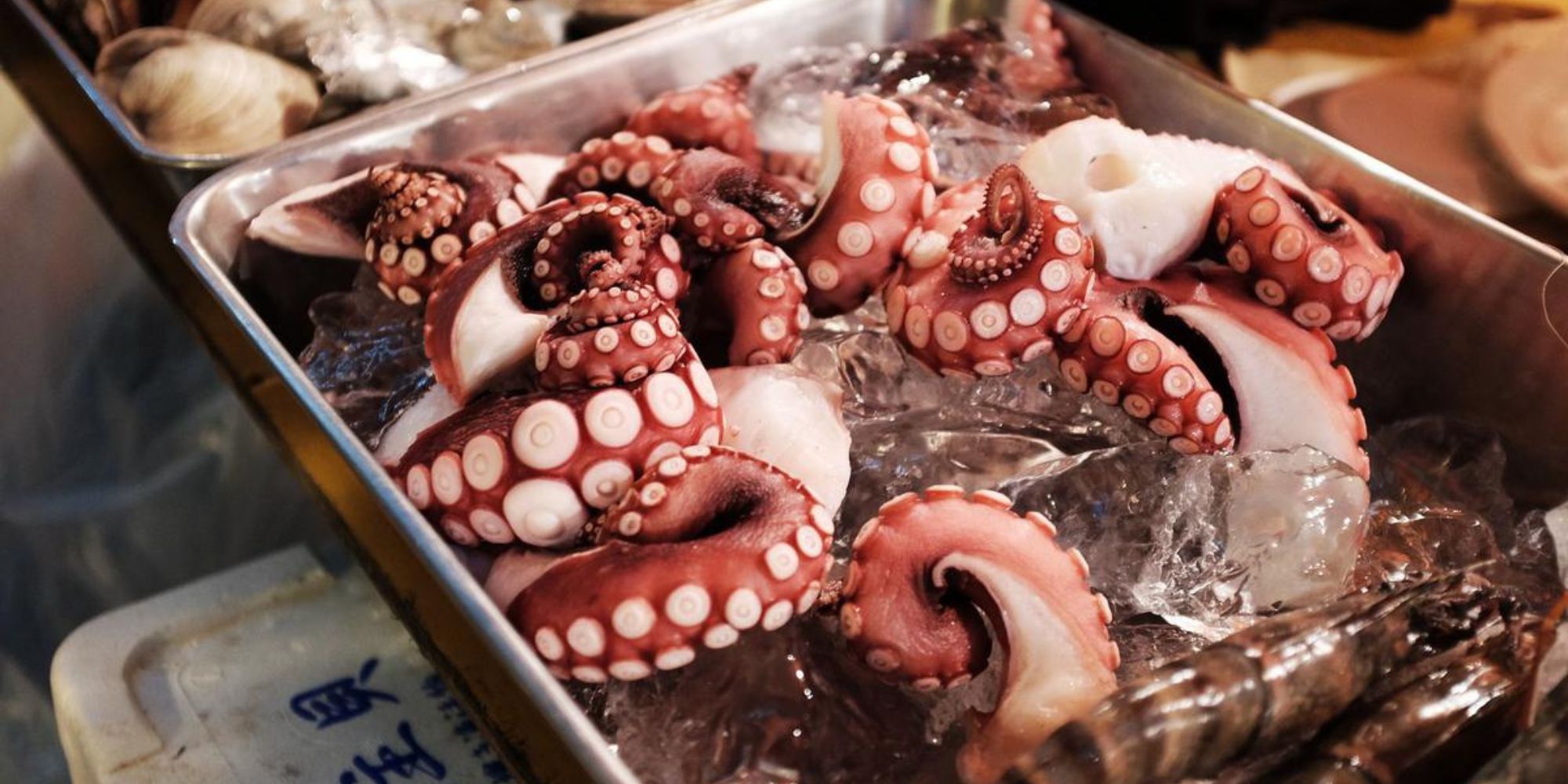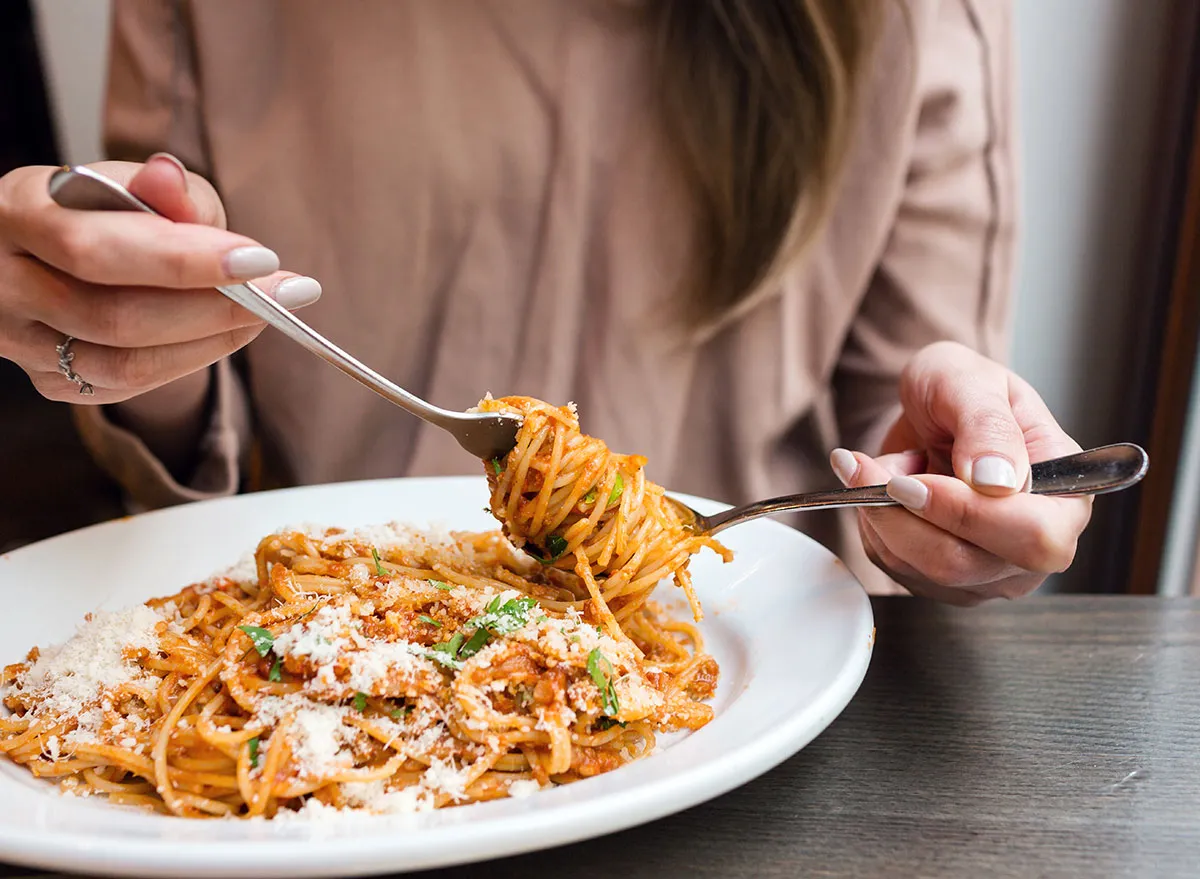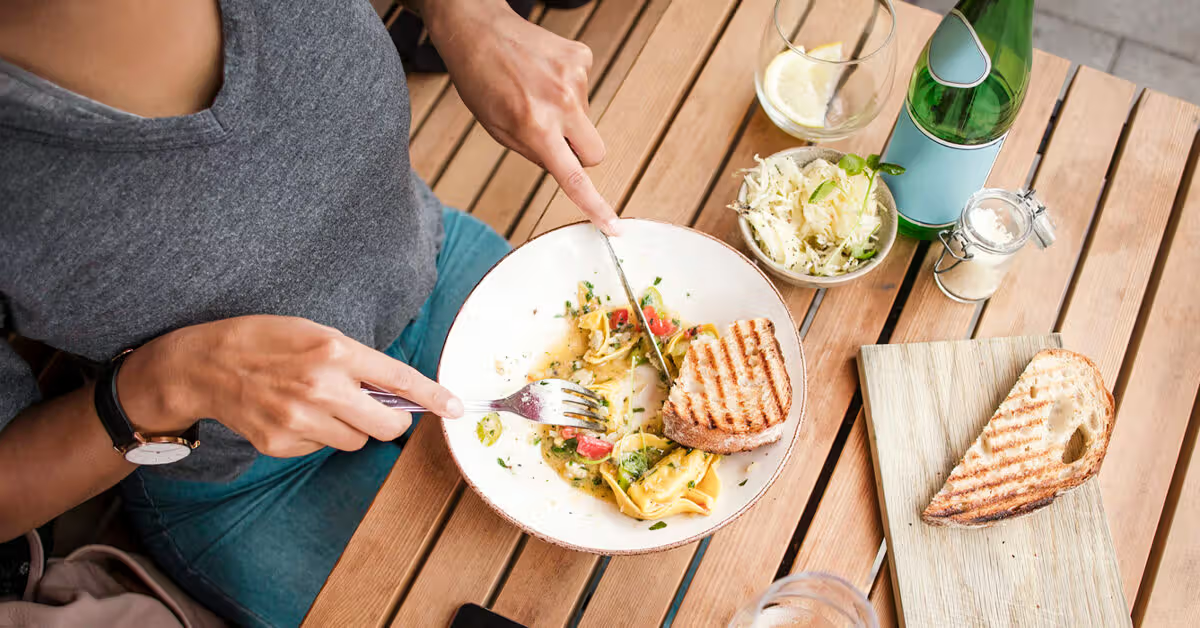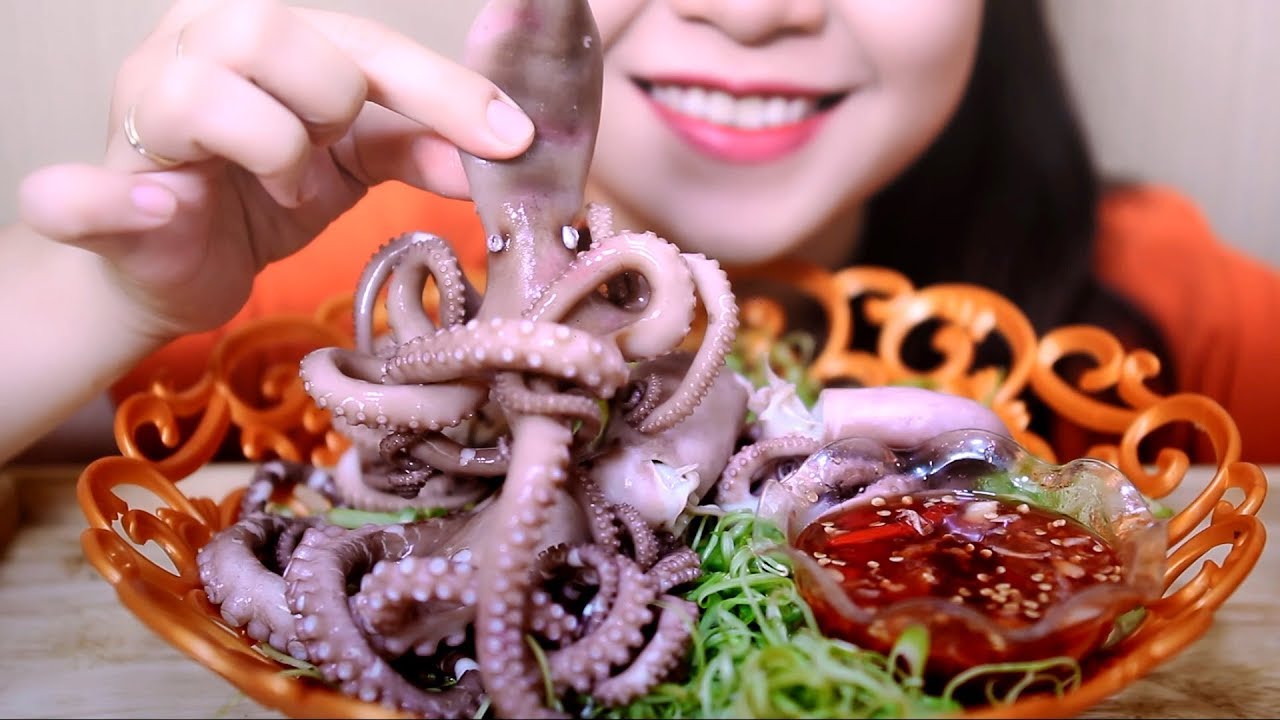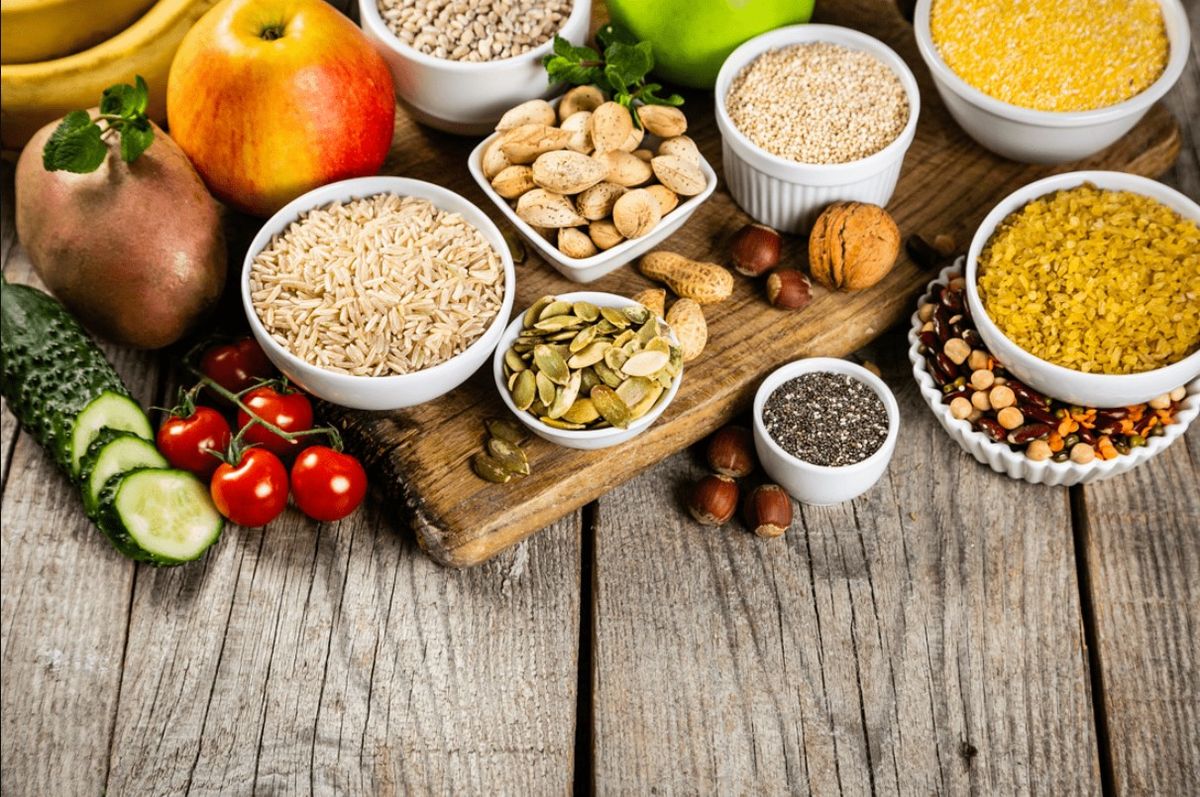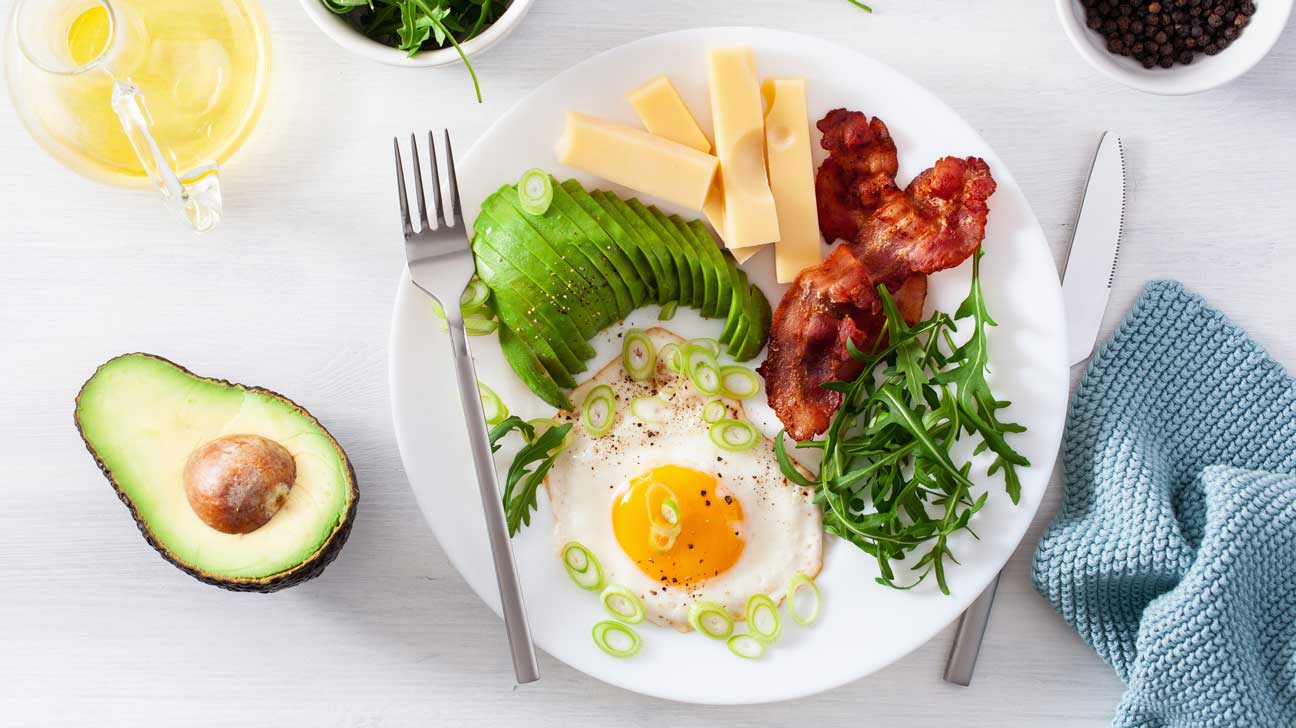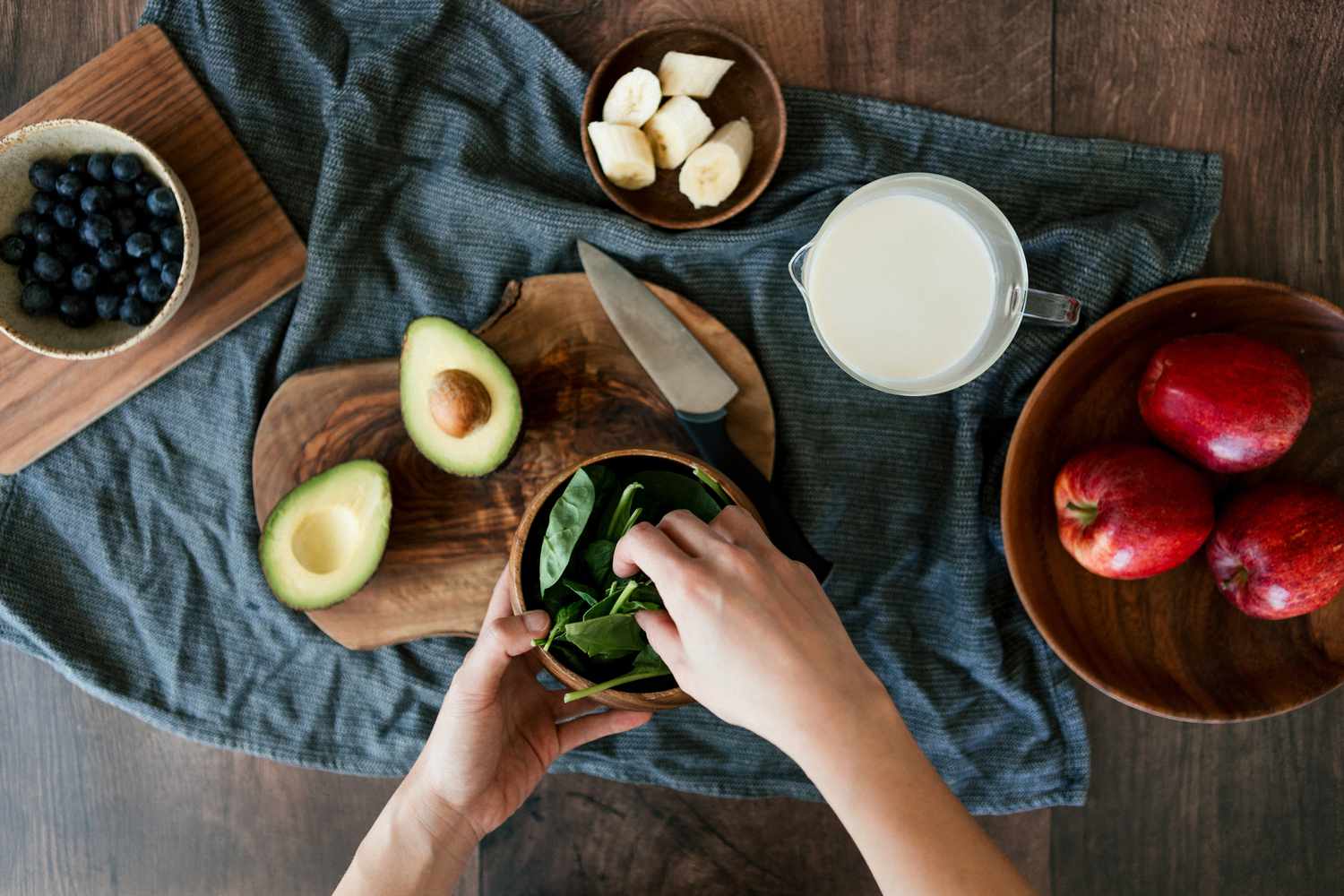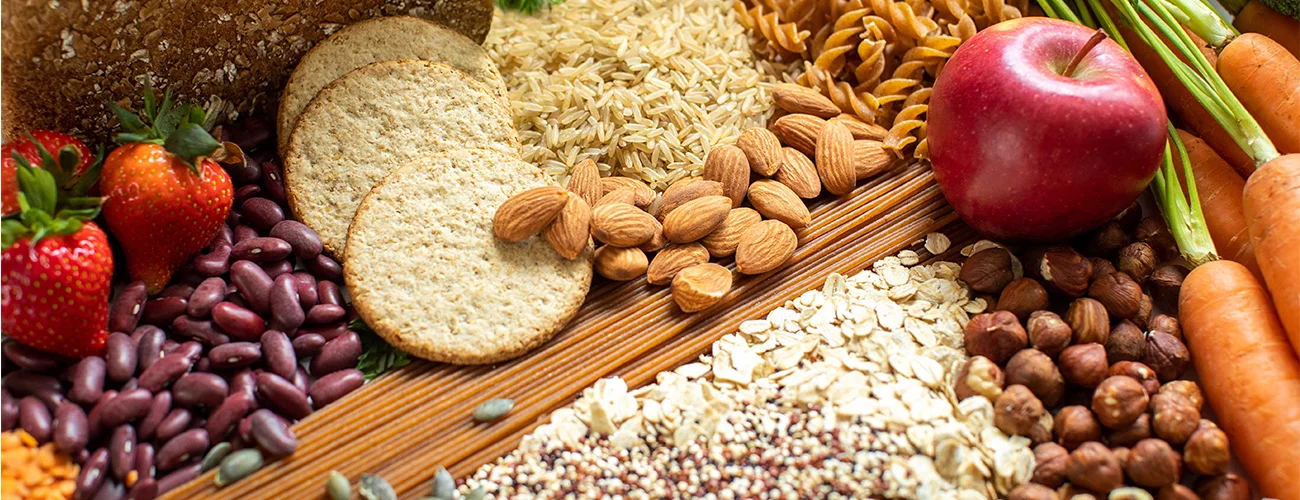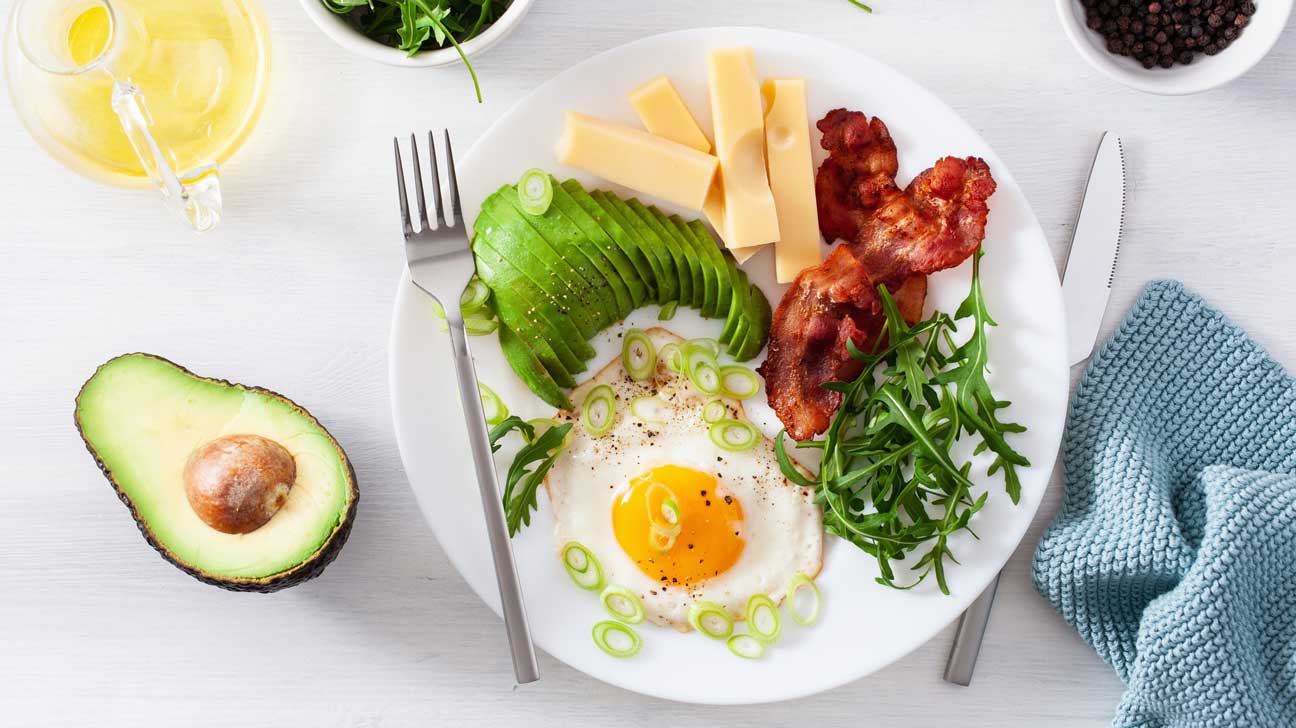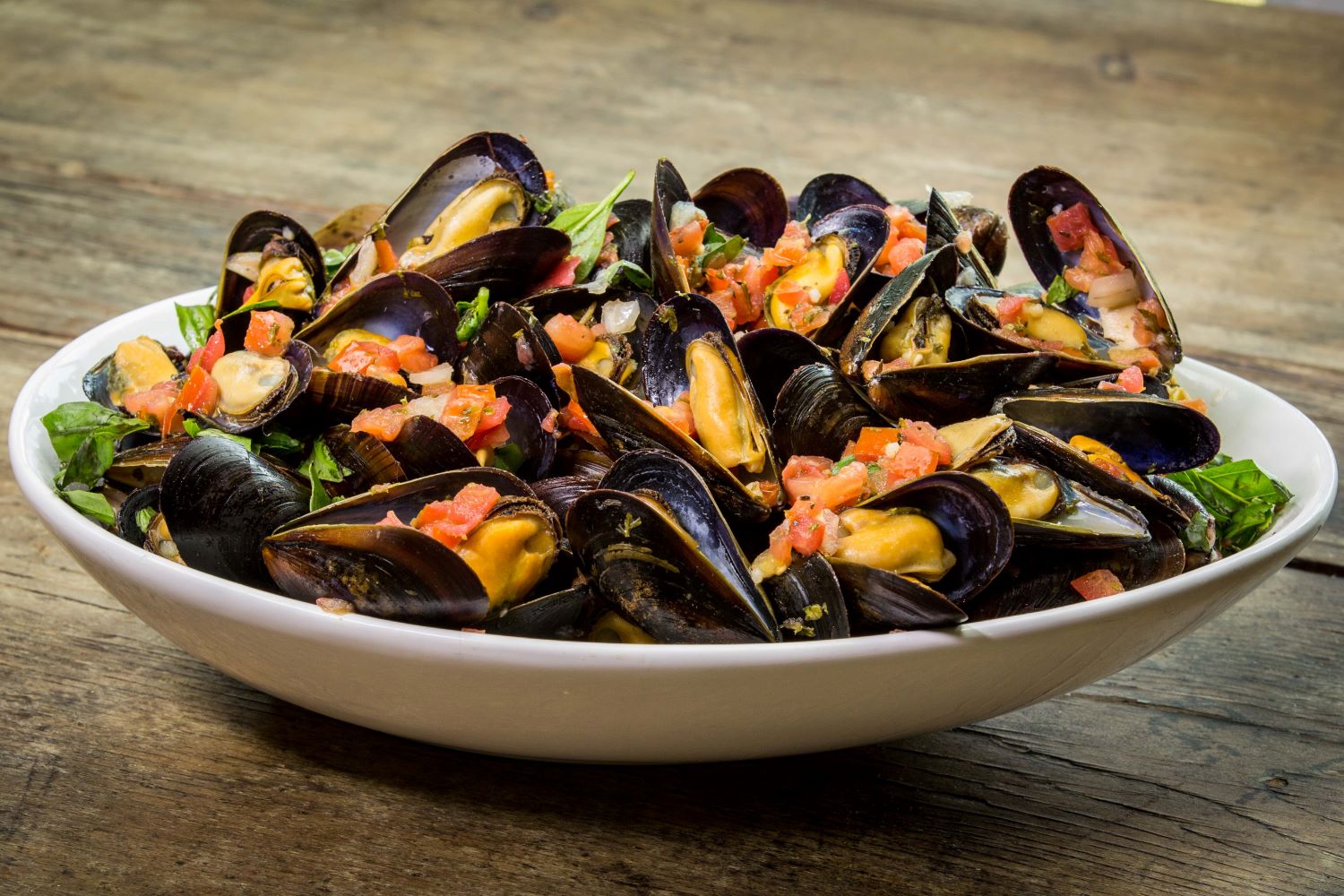How to Enjoy a No-Carb Lifestyle and Thrive
Are you considering a no-carb diet but not sure where to start? Cutting out carbohydrates from your diet can be a great way to improve your health and achieve your wellness goals. However, it’s important to approach this dietary change with the right knowledge and mindset. Here are some tips on how to eat no carbs and live a healthy, fulfilling life.
Understanding No-Carb Eating
Before diving into a no-carb lifestyle, it’s essential to understand what it entails. A no-carb diet typically involves eliminating foods that are high in carbohydrates, such as bread, pasta, rice, and sugary snacks. Instead, the focus is on consuming foods that are low in carbs, such as lean proteins, healthy fats, and non-starchy vegetables.
Healthy No-Carb Food Options
When following a no-carb diet, it’s important to choose nutrient-dense foods that will provide your body with the energy and nourishment it needs. Here are some healthy options to consider:
- Lean proteins: Incorporate sources of protein such as chicken, turkey, fish, and tofu into your meals.
- Healthy fats: Avocado, nuts, seeds, and olive oil are great sources of healthy fats that can keep you feeling satisfied.
- Non-starchy vegetables: Fill your plate with leafy greens, broccoli, cauliflower, and bell peppers to get essential vitamins and minerals.
- Dairy products: Opt for low-carb dairy options like Greek yogurt, cheese, and unsweetened almond milk.
Meal Planning and Preparation
Successfully maintaining a no-carb lifestyle often comes down to effective meal planning and preparation. Take the time to plan your meals for the week, ensuring that you have a variety of delicious and satisfying options at your fingertips. Preparing meals in advance can help you stay on track and avoid reaching for high-carb convenience foods when hunger strikes.
Staying Hydrated
Hydration is key when following a no-carb diet. In addition to drinking plenty of water throughout the day, consider incorporating herbal teas and infused water to keep things interesting. Staying hydrated can help support your overall well-being and prevent dehydration, especially as your body adjusts to a lower-carb intake.
Seeking Professional Guidance
Before making significant changes to your diet, it’s always a good idea to consult with a healthcare professional or a registered dietitian. They can provide personalized guidance and ensure that you are meeting your nutritional needs while following a no-carb eating plan.
Finding Balance and Enjoyment
While a no-carb lifestyle can offer numerous health benefits, it’s essential to find a balance that works for you. Incorporating regular physical activity, practicing mindful eating, and allowing yourself the occasional treat can contribute to a sustainable and enjoyable approach to no-carb living.
Conclusion
Embracing a no-carb lifestyle can be a positive step towards improving your health and well-being. By focusing on nutrient-dense foods, effective meal planning, and seeking professional guidance, you can navigate the world of no-carb eating with confidence. Remember to listen to your body, stay hydrated, and find joy in the delicious, low-carb meals you create. With the right approach, you can eat no carbs and live a vibrant, fulfilling life.
Was this page helpful?
santinokarabj19
In any organization documents play vital role. Document scanning make the document digital for easy accessibility with more security by holding less storage space.
